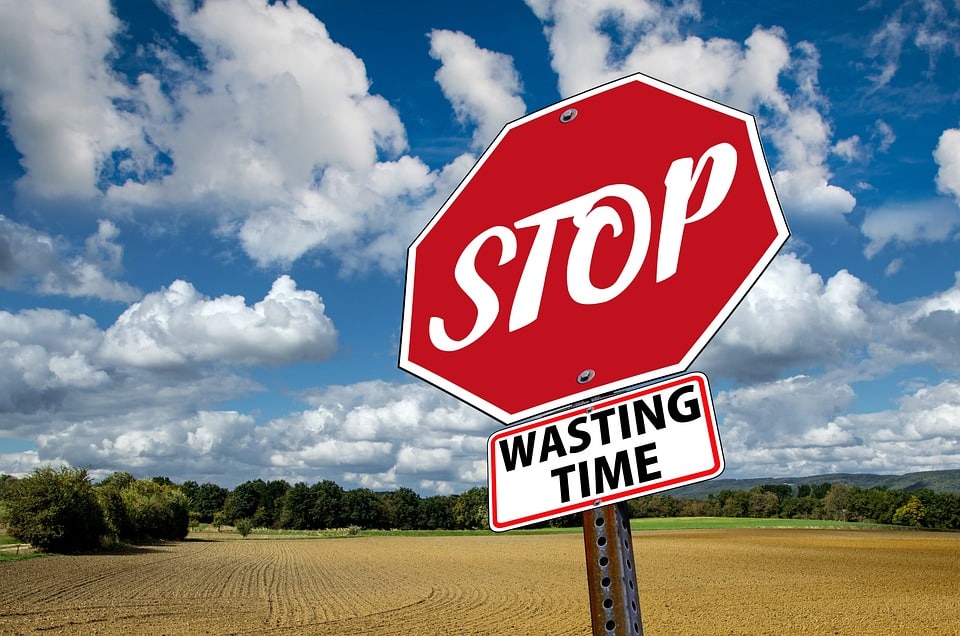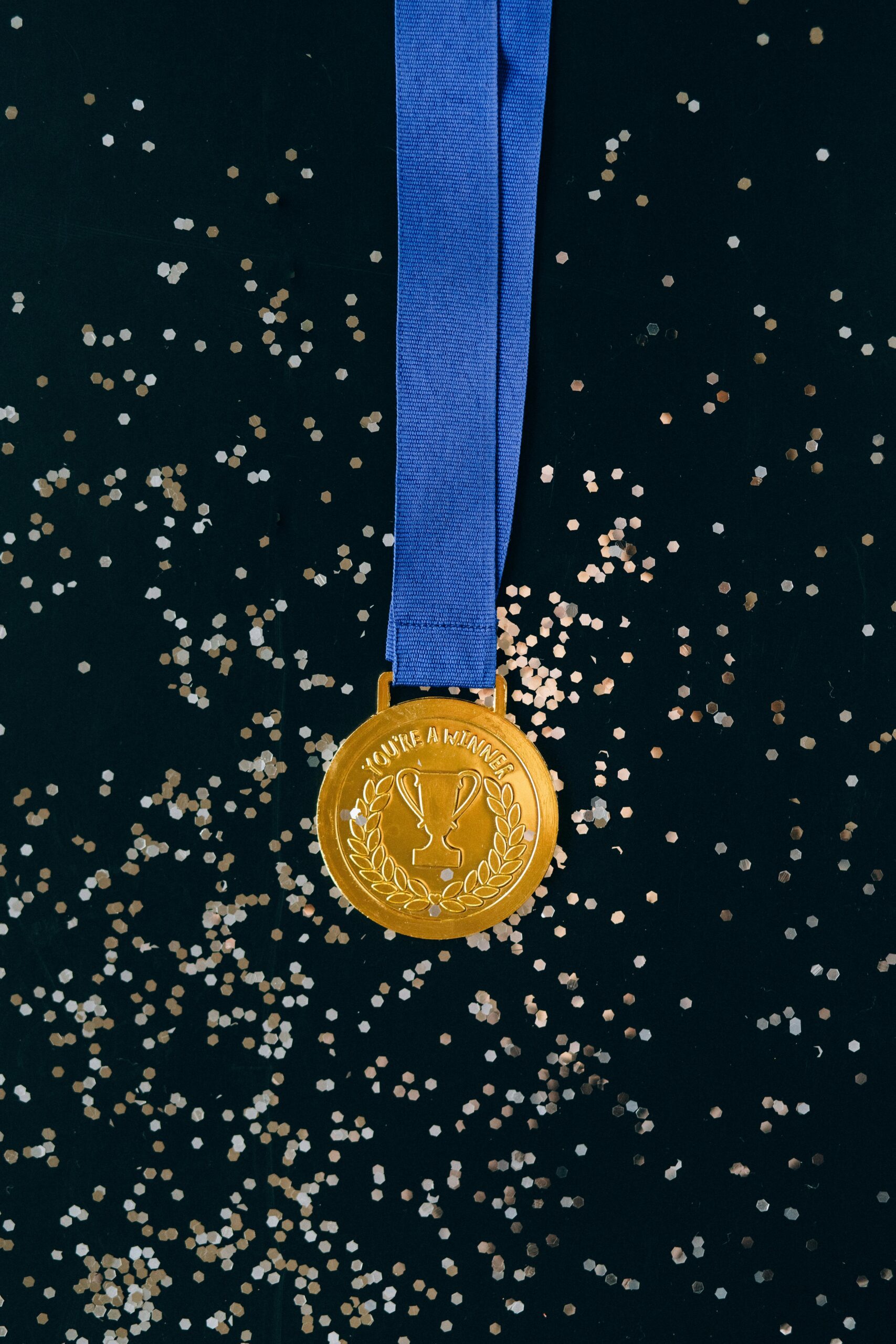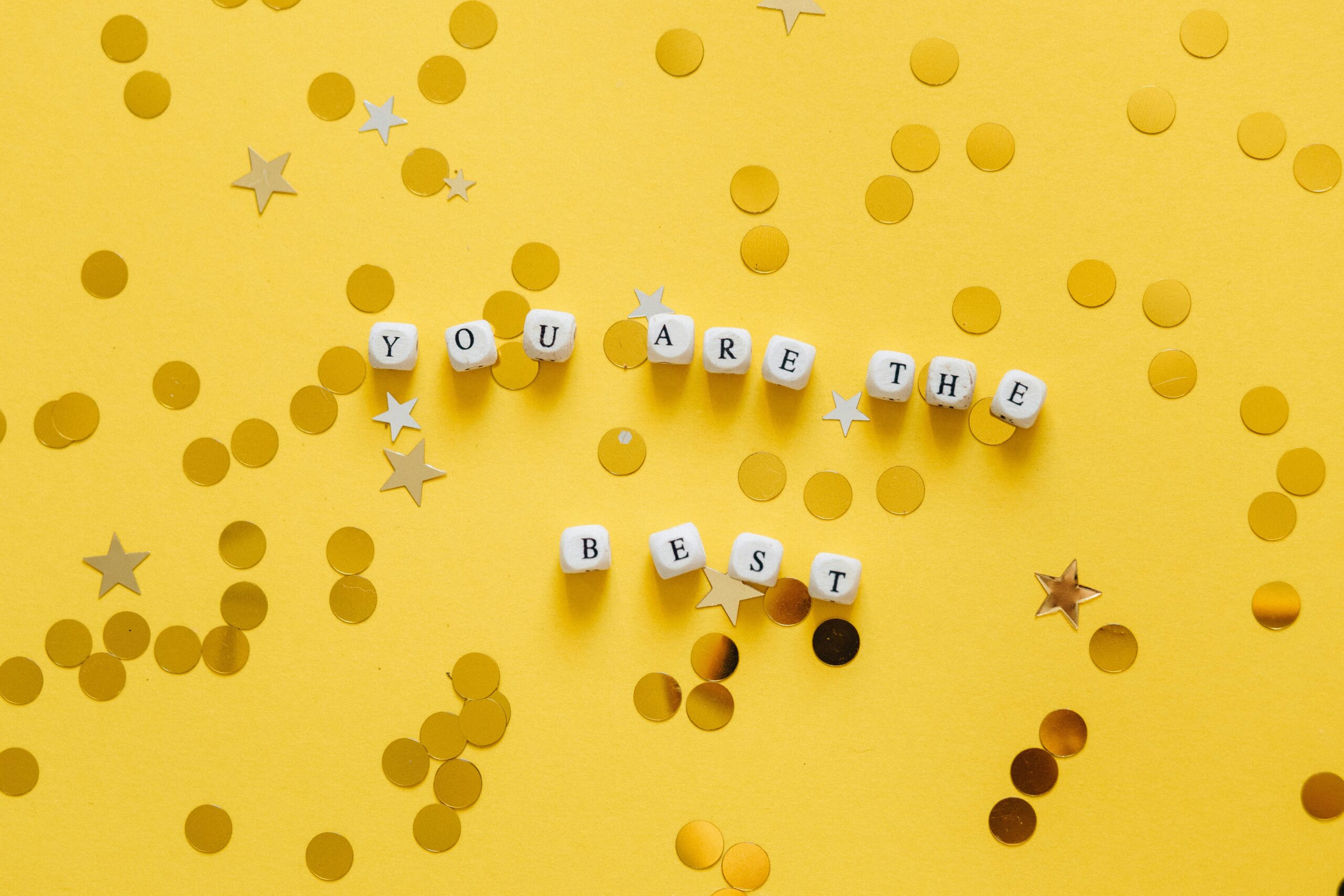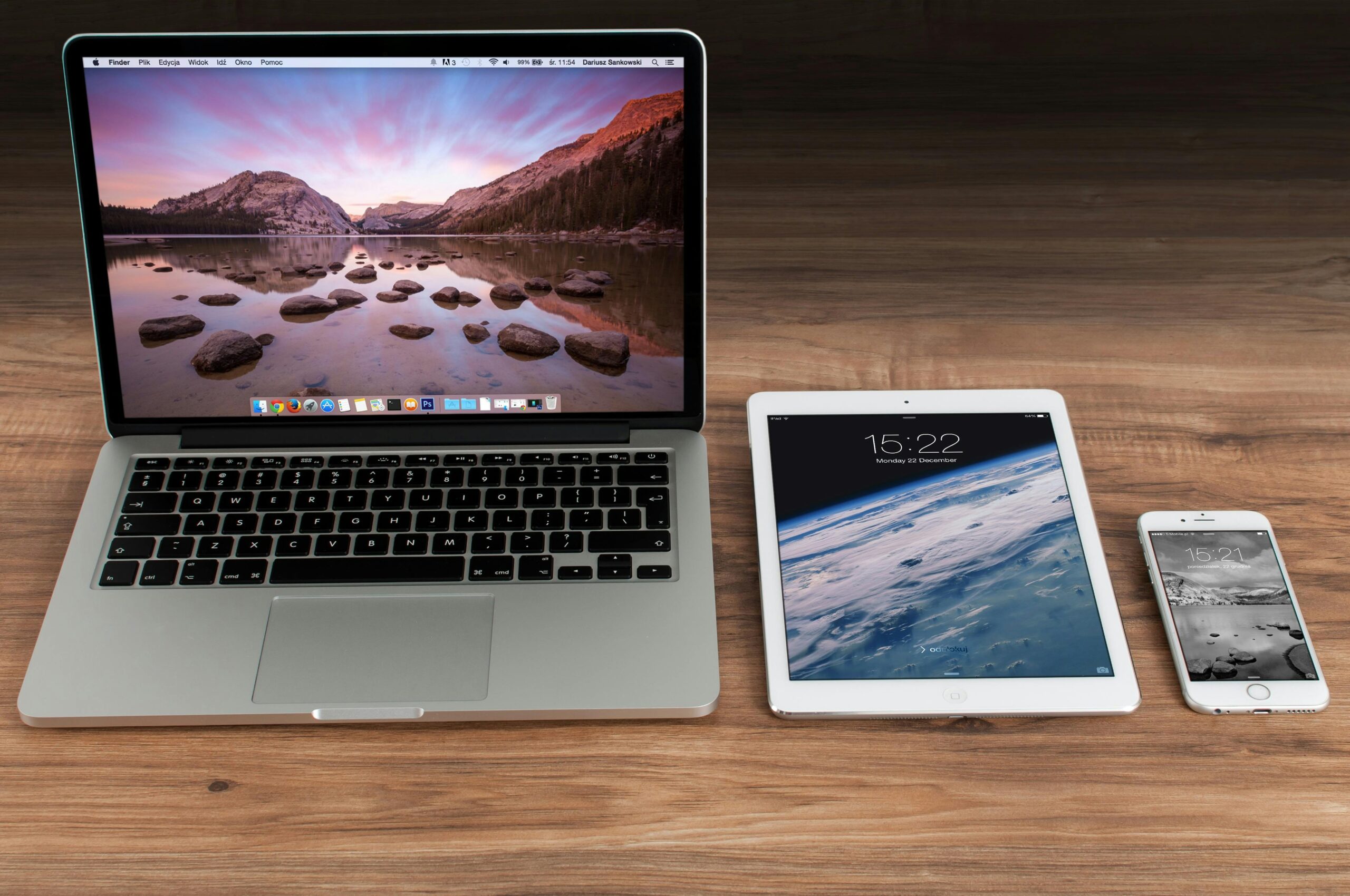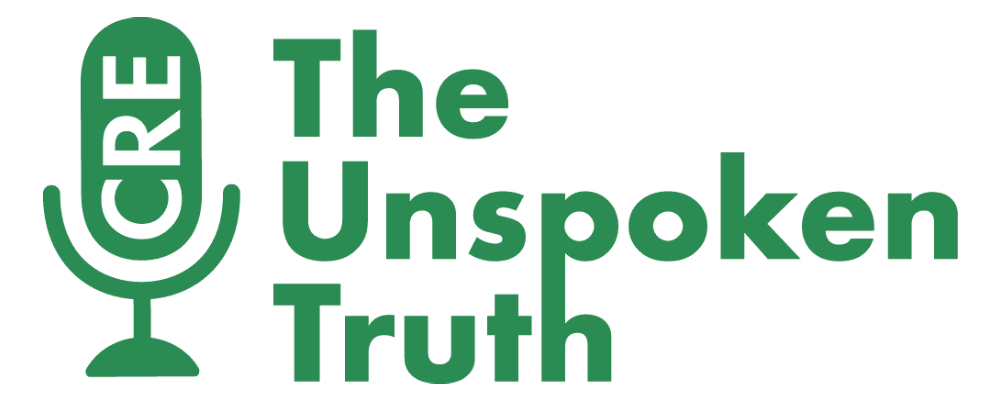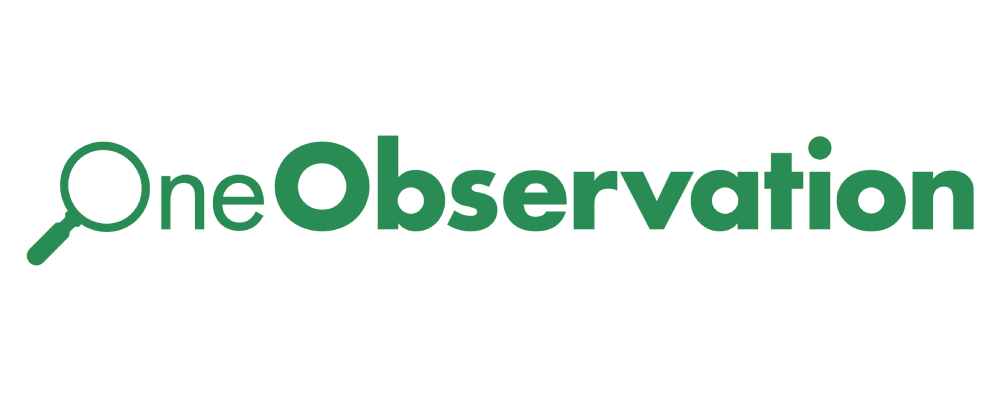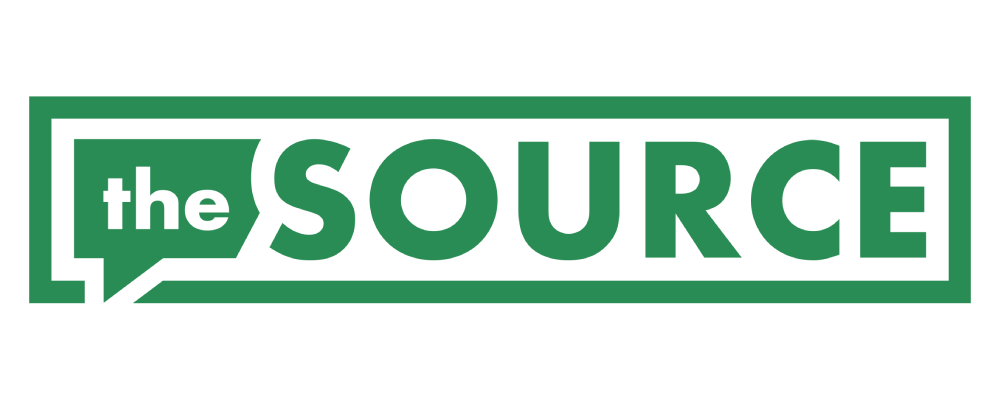I love to read about how we waste time at work. I found the article below especially interesting because not only does it list common distractions at work, it also gives strategies on how to circumvent them. Some interesting facts from the survey by Udemy listed in the article:
- 16% of people stated they’re almost always distracted at work
- 54% of workers said they “aren’t performing as well as they should” because of workplace distractions
- 80% say a top distraction is talkative co-workers and 70% say office noise
- 60% of respondents blame meetings for low productivity
My favorite tips from the article to stay focused are:
- Talk to people who are distracting you, and have an honest conversation with them
- Only check email at certain times of the day, so that you can have longer periods of focused work
- Turn off smartphone notifications
- 60-60-30 method for time blocking (see below for explanation)
How do you stay focused and minimize distractions? Shoot me an email, I’d love to hear your strategies.
Charlie Coppola
[email protected]
7 Most Common Distractions at Work (And How to Tackle Them)
Mark Pettit
As you sit down to read this article, I’m guessing you’ve experienced distractions at work at least once already today, probably more than once.
Chances are you may be interrupted before you actually finish reading this article.
The simple truth is that we all face distractions at work every single day, and typically every single hour, something or someone may cause you to be distracted.
With so many meetings to attend, conversations or drop-ins by coworkers, calls, emails, social notifications and numerous other interruptions, it can often feel like a real challenge to stay productive and get the important things done.
Distractions lower our productivity and energy.
They affect our ability to focus and stick with projects or tasks long enough to see them through.
If you think about your working week, I’m sure you can list out 5 to 10 things or people that have created distractions at work.
But how many of those distractions are self-inflicted and how many are the result of your working environment?
Why Should You Get Rid of Distractions at Work?
Nearly 3 out of 4 workers (70%) admit they feel distracted at work, with 16% of people stating that they’re almost always distracted.
The Impact of workplace distractions, according to the report, included:
- 54% said they “Aren’t performing as well as they should”
- 50% said they “Are significantly less productive”
- 20% said they are “Not able to reach full potential and advance in their career”
The same survey from Udemy cited the top benefits of reducing workplace distraction from those interviewed:
- 75% stated “I get more done and I’m more productive”
- 57% stated “I’m motivated to do my best”
- 51% stated “I’m more confident in my ability to do my job well”
- 49% stated “I’m happier at work”
- 44% stated “I deliver higher quality work”
Top distractions identified by Udemy for Business in their survey included talkative co-workers (cited by 80% of workers surveyed), and office noise (70%).
Meetings were blamed for low productivity by 60% of respondents, while 58% said that, although they don’t need social media to do their jobs, they couldn’t make it through the working day without checking platforms such as Facebook, Twitter and Instagram.
7 Common Distractions At Work (And How to Tackle Them)
A 2016 survey of 2,000 US hiring and HR managers by CareerBuilder showed that the top distraction culprits included smartphones (55%), the internet (41%), gossip (37%), social media (37%), co-workers dropping by (27%), smoking or snack breaks (27%), email (26%), meetings, (24%), and noisy co-workers (20%).
Almost three-quarters of employers surveyed by CareerBuilder said that two or more hours a day were lost in productivity because of workplace distractions, with nearly half (43%) estimating they lost three or more hours a day.
A Survey of 2,000 people by financial management service Think Money in the UK reported that a third of employees are distracted at work for up to three hours a day.
So, imagine if you have had fewer distractions at work and you were able to increase your focus and get more of your best work done.
With these surveys on workplace distractions in mind, I’ve identified the major 7 distractions you are probably facing right now and some actionable strategies to help you overcome them to increase your productivity and creativity:
1. Chatty Co-Workers
Building relationships with your team and your colleagues at work is essential.
Daily conversations are important for building a friendly, collaborative culture and atmosphere within the office, but it’s easy to get trapped in endless conversations and gossip.
If your door is always open, it’s very easy for someone to pop their head into the office to ask questions, which takes you away from your productive work.
How to Stay Focused and Lessen the Distraction
If you’re having problems with persistently chatty or distracting team members, try having a discrete conversation with them about the impact it’s having on your day.
Alternatively, close your office door if you have one. Another method to use if you need to be focused and concentrate is to put on a pair of headphones (if your office allows).
2. Office Noise
Research by Kim and de Dear at the University of Sydney revealed that 30 percent of workers in cubicles and around 25 percent in partition-less offices were unhappy with noise levels at work.
Research from Ipsos and the Workspace Futures Team of Steelcase shows that 85% of people are dissatisfied with their working environment and can’t concentrate. Of those surveyed 95% said working privately was important to them, but only 41% said they could do so, and 31% had to leave the office to get work completed.
Make Every Minute of Your Life Count!
More than 10,000 workers across 14 countries were surveyed, and key findings also showed that:
- Office workers are losing 86 minutes a day due to distractions
- Many employees are unmotivated, unproductive and overly stressed
- They have little capacity to think and work creatively and constructively
If you work in a big or small office, I’m sure you’ve experienced that offices can get really loud, whether it’s conversations, phone calls, music or other noises.
How to Stay Focused and Lessen the Distraction
If you have an office, the simplest thing to do is close the door so you can get some privacy and focused, quiet time.
When you have co-workers that you know are creating a lot of the noise, can you approach them and have a quiet conversation about how their actions are affecting your ability to focus? Do you have to work from your desk?
If you have a specific project you need to work on where you need quiet, uninterrupted time explore working from a quiet space within your building.
Alternatives include working from home (if possible) or from another location such as a park or café.
There will always be noise in an office and most of the time it will be bearable, but occasionally you need to change up your environment to get your most important work done.
3. Email Consumption
According to Tim Ferriss, we need to:
“limit email consumption and production. This is the greatest single interruption in the modern world.”
We all know how distracting e-mail can be.
In a typical day how many emails do you receive and send?
Does this sound familiar?
You are working on an important project and you get a notification that you have received an e-mail message.
Now you have two choices.
You can stop what you’re doing and break your focus and read the email, or, you can stay on task and look at the email later.
Many people go through their whole day like this. They are fully engaged on working on something important and then an email notification pops up.
You stop what you’re doing, switch to your inbox, and read the email, oftentimes an email that is completely irrelevant and contributes nothing to your current priorities.
These emails can create a constant feeling of busyness and will often result in unfinished projects at the end of the day.
This in turn, can create a feeling that we haven’t actually really had a productive day.
How to Stay Focused and Lessen the Distraction
Time blocking
Set aside a specific amount of uninterrupted time to work on a project or task. Commit to not looking at emails (or answering phone calls) during this period of time.
Based on Tim’s advice, I have resolved to check e-mail only twice a day. It is already having an enormous impact. Here’s what I suggest:
Work in offline mode
Set your computer or laptop to offline mode, and let the email messages accumulate in your inbox until you’re ready to answer them.
Rather than viewing and answering emails one by one, let them accumulate and then set aside focused time to process and respond to the emails.
Batch email responding will take less time than answering them one by one, and it allows you to stay focused on the project at hand without being distracted.
Check e-mail at certain times each day
This method has been introduced by a number of my entrepreneurial coaching clients and it has helped them free up time and stay more focused.
Your work circumstances will be different, so it’s important to find a process that works for you and other members of your team.
One method is to have two specific times a day to check your emails, another maybe three times a day – morning, lunchtime and in the hour before you leave to ensure you are all caught up.
If you decide to implement this technique it would be wise to create an out of office message.
Don’t check e-mail first thing
This technique may be difficult to implement depending on your circumstances, but if you can, you will be way more productive. Here’s why.
Rather than checking email first thing, instead spend this precious time when you are more energized and focused working on your one or two biggest priorities for the day.
4. Smartphone Usage (And Other Devices)
Continually looking at your phone interrupts work flow and focus.
According to recent research from Deloitte, the average person checks his or her smartphone 47 times a day.[6]
If you use the average of 47 times a day and you’re working an 8-hour workday, that means you may be checking your phone almost 6 times every hour.
That’s enough to distract anybody.
We all know that smartphones and other devices frequently interrupt us, and take our attention away from the project or task we’re working on.
It’s easy to frequently take a break from our important tasks to check our phones, watches, and other gadgets.
How to Stay Focused and Lessen the Distraction
Move your phone elsewhere
It’s very tempting to check our phones, even if we’re working on an important project.
The solution? Put your phone in a drawer or move it out of arm’s length so you won’t be tempted to take a quick look.
Turn off notifications
Turn off all notifications that don’t require immediate attention, especially social media notifications. This includes email if you have that set up on your phone as well.
If some notifications really matter, make them silent and hide them from your lock screen.
5. Social Media
How much time do you spend on social media at work? Instagram, LinkedIn, Twitter, Facebook, Pinterest… The list of apps and websites that come together to claim so much of our attention is nearly endless.
There is a constant stream of information available out there, from our friends and colleagues, from news outlets, from our companies. Some of your colleagues are probably checking their social media right now as you read this article.
In a TED Talk by Cal Newport, author of Deep Work, he said going on social media is like going to the casino.
You’re anticipating getting likes and you come out of it. You go back in thinking, “I’ll get the reward next time. I’ll get the reward next time. I’ll get the reward next time.” And you just sit around waiting for a notification to come around so you can go back.
How to Stay Focused and Lessen the Distraction
Like your smartphone usage and email, try to set specific timeframes or parameters when you will check social media.
Ensure all notifications are turned off when you have to spend focused, productive time on a specific task or project.
Take a look at this article to learn more: 9 Steps to Disconnect from Social Media and Connect With Life Again
6. Meetings
During a busy week, the last thing a leader or manager wants is a wasted hour or two sat in an unproductive meeting.
If I asked you what the most efficient way to be inefficient would be, I’m sure many of you would say “bad meetings.”
Meetings today consume more work hours than ever before. Most employees attend 62 meetings a month, but half of these are considered a waste of time.
Overall, 31 hours are spent in unproductive meetings over an average month, with 91 per cent of employees guilty of daydreaming, while 39 per cent have admitted to falling asleep.[7]
How to Stay Focused and Lessen the Distractions
For meetings to be productive and worthwhile, it’s essential that each meeting has a clear agenda and leader.
I’ve written more about how to have a productive meeting in the article: How to Lead Team Meetings in the Most Productive Way
7. Multitasking
We all have to multi-task on occasion, but the less we do it the better.
Multi-tasking reduces productivity and creativity. In an article for the Harvard Business Review, Peter Bregman notes that our productivity goes down by 40% when we attempt to focus on several things at once.[8].
It takes an average of about 25 minutes (23 minutes and 15 seconds, to be exact) to return to the original task after an interruption, according to Gloria Mark.[9]
Multitasking slows us down, and reduces focus, energy and productivity. Our brains simply cannot effectively handle working on tasks simultaneously.
How to Stay Focused and Lessen the Distraction
Work in blocks of time. It minimizes the amount of distraction that’s placed on our increasingly connected lives. It not only protects us from the distractions of others, but also from our self-inflicted distractions.
Time blocking is setting aside an intentional amount of time for specific projects or tasks and making an intentional effort to not allow the distractions or interjections of others break that focus.
After that block of time is up, take a planned break, then begin the next block of focused time. Each block of focused time is dedicated to one task/project or set of similar tasks.
I use the 60-60-30 method for time blocking:
Work for 50 minutes and take a 10-minute break. Work for a further 50 minutes and take another 10-minute break. Then take 30 minutes out to recharge, which could mean having lunch, going for a walk etc.
Use the Pomodoro Technique to help you work in blocks of time.
Bottom Line
Workplace distractions will never go away. In order to use our time effectively and to increase productivity and creativity, it’s essential we understand what’s distracting us and create the systems to stop it.
I’m sure you can identify with at least one of the distractions highlighted in this article.
Hopefully, some of the teams will help you beat distractions at work and make you more effective and productive.

